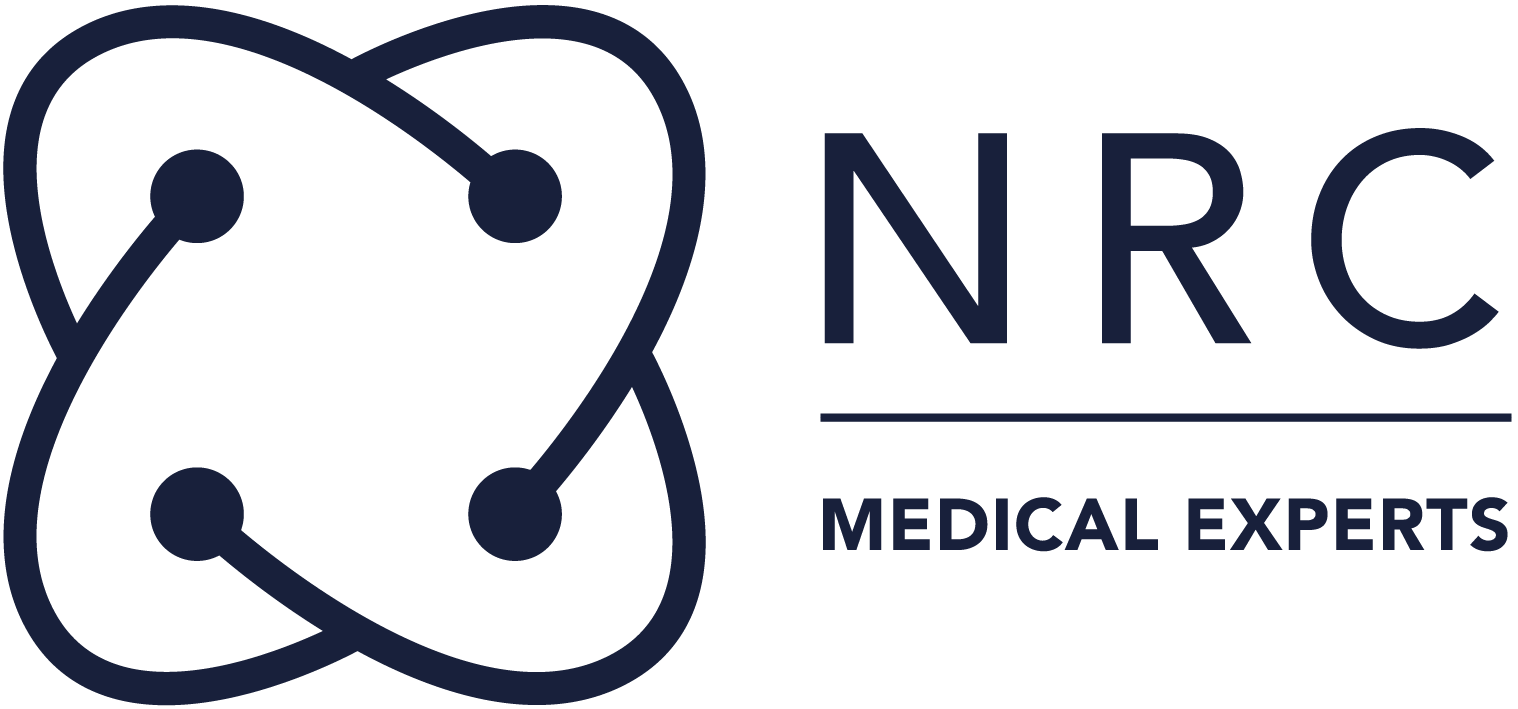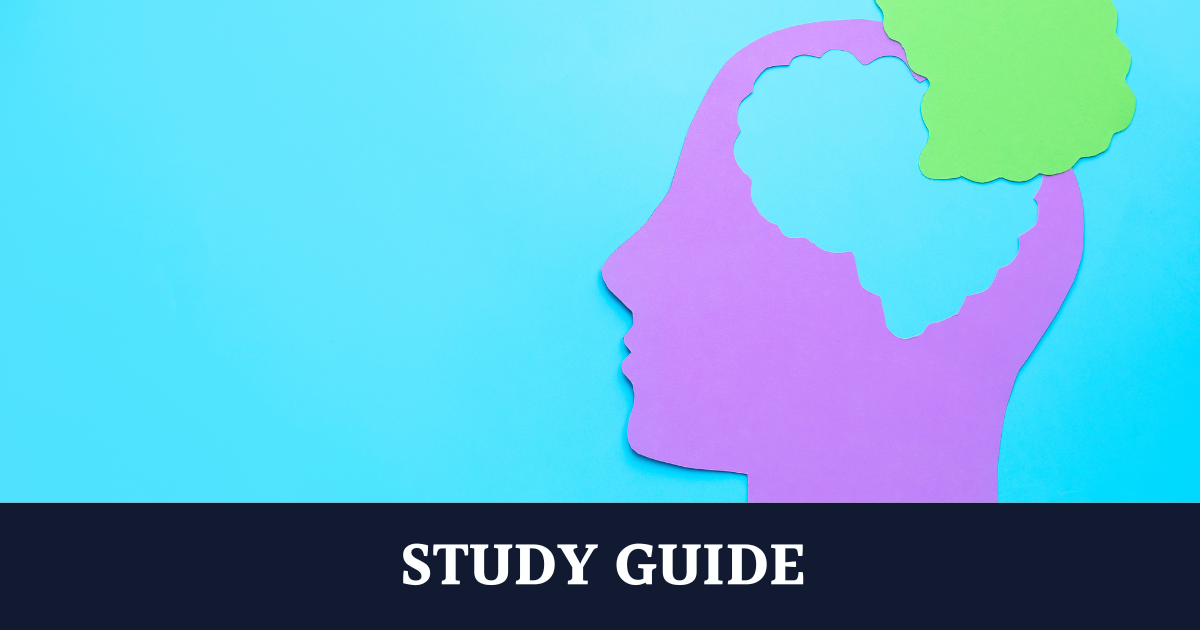NRC Medical Expert, Dr Julian Harriss, developed the following study guide on behalf of NR Times. It gives an interesting and accessible overview of the vital classification process that shapes treatments and outcomes after brain injury.
Classifying brain injury
We often use the terms “concussion” and “mild” or “minor” head or brain injury, synonymously; and read “moderate”, “severe” and, more recently, “very severe” brain injury in medical records.
When used appropriately these terms convey information about the clinical presentation, especially in the hours and days following a brain injury. This information helps us to predict overall outcomes, and informs opinions on prognosis.
The most widely used definitions are shown in table A (below).
Sometimes it is more useful to consider a TBI according to anatomy and pathology. To do this we must first understand some basic principles of brain structure and function.
Many functions of the brain, those controlling speech and vision for example, are performed almost exclusively within discrete regions of the brain.
Other tasks are governed by several regions of the brain working together (walking for example), whereas other still more complex skills are managed by entire regions of the brain (higher executive, thinking, remembering, comparing, learning, and drawing conclusions).
Diagram A demonstrates the anatomical lobes, but do not be misled – full brain function relies as much on interaction between brain regions as it does on the performance of each part.
We are only now coming to understand the implications of ‘connectomes’.
The image (below) was created by diffusion spectral imaging, revealing the white matter fibre architecture of the brain.

The fibres are color-coded by direction: red = left-right, green = anterior-posterior, blue = up-down.


Table A
– The relatively new category of “very severe” injury is defined by a period of lost consciousness of 48 hours or more, or a period of PTA of 7 days or more.
– PTA = “time from injury to consistently following commands”, or “duration of permanently lost memory”.
– The longer the length of coma and PTA, the poorer the outcome will be.
Energy and Injury Mechanisms
Direct trauma causes immediate physical damage to the brain of two kinds:
– Focal, at the primary point of impact, possibly with “contra-coup” features, and penetrating injury (gunshot, shrapnel).
– Diffuse axonal injury (DAI), whereby the momentum of the head and brain become blunt trauma, specifically:
– acceleration/deceleration
– rotational forces
– shearing neuronal connections and causing micro-haemorrhages
Considering these two categories of injury in more detail, in a high-impact focal injury:
– The brain hits the rough surfaces on the inside of the skull.
– Penetrating or depressed skull fractures cause more brain damage.
– Typically the frontal, anterior temporal regions are hardest hit – on the windscreen or steering wheel.
By contrast, in diffuse axonal injury the brain is shaken up from the high (momentum) energy, typically acceleration-deceleration energy and rotational forces.
– The entire brain is injured, including corpus callosum, midline, walls of third ventricle, and the brain stem (this causes loss of consciousness).
– blood flow to the brain drops, causing Ischaemia, vasoconstriction, edema (swelling), and microscopic – haemorrhages.
Finally, what is post concussion syndrome (PCS)?
This term has become more widely used as we gain a better understanding of impairments that persist long after evidence of gross anatomical damage has resolved.
The findings of PCS are very real, and often extremely debilitating. Recent developments in imaging suggest that the cause is primarily at the level of lost inter-connectivity of brain regions. Some common features include:
Physical symptoms:
– Headache – the most common symptom
– Dizziness, often accompanied by a spinning sensation (vertigo)
– A feeling of sickness (nausea)
– Double, or blurred, vision
– Hearing loss and/or a ringing noise in the ears (tinnitus)
– Reduced sense of smell and taste
– Problems tolerating bright light / loud noise
Emotional and behavioural symptoms
– Being easily irritable and sometimes aggressive
– Feeling anxious easily
– Depression
– Having disturbed sleep and feeling tired
– Reduced sex drive
– Changes in your appetite
– Personality changes, eg. showing socially or sexually inappropriate behaviour
– A lack of energy and interest in things
– Having sudden outbursts of emotion – for example, sudden crying or laughing episodes
Problems with mental processes (called cognitive symptoms):
– Difficulty remembering things
– Concentration and attention problems
– Slowed reaction times
– Problems processing information and problems reasoning
– Difficulty learning new things
Suggested Reading
Classification and Assessment:
– Sherer M, Struchen MA, Yablon SA, Wang Y, Nick TG (2008) Comparison of indices of traumatic brain injury severity: Glasgow Coma Scale, length of coma and post-traumatic amnesia. J Neurol Neurosurg Psychiatry 79: 678-685.
– NICE 2003: National Institute for Clinical Excellence. Head Injury: triage, assessment, investigation and early management of head injury in infants, children and adults. London: National Institute for Clinical Excellence.
– Smith-Seemiller L, Fow N, Kant R, Franzen M (2003) Presence of post-concussion syndrome symptoms in patients with chronic pain vs mild traumatic brain injury. Brain Injury 17: 199-206.
Treatment/resources
– The Brain Injury Workbook: Exercises for Cognitive Rehabilitation (Speechmark Practical Therapy Manual) – Paperback – 28 Mar 2013, and
– Head Injury: A Practical Guide (Speechmark Editions) Paperback – 6 Feb 2004 both by Trevor Powell (Author)
– Headway: https://www.headway.org.uk/about-brain-injury/


